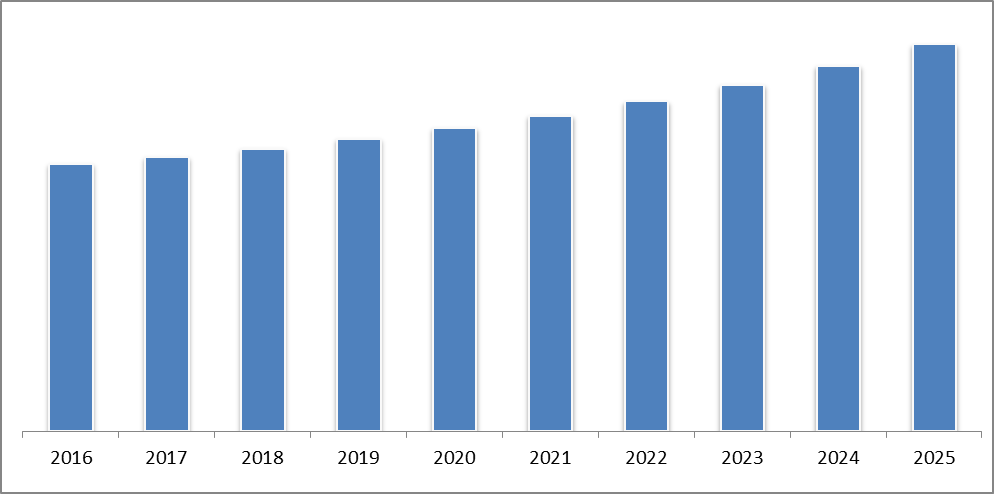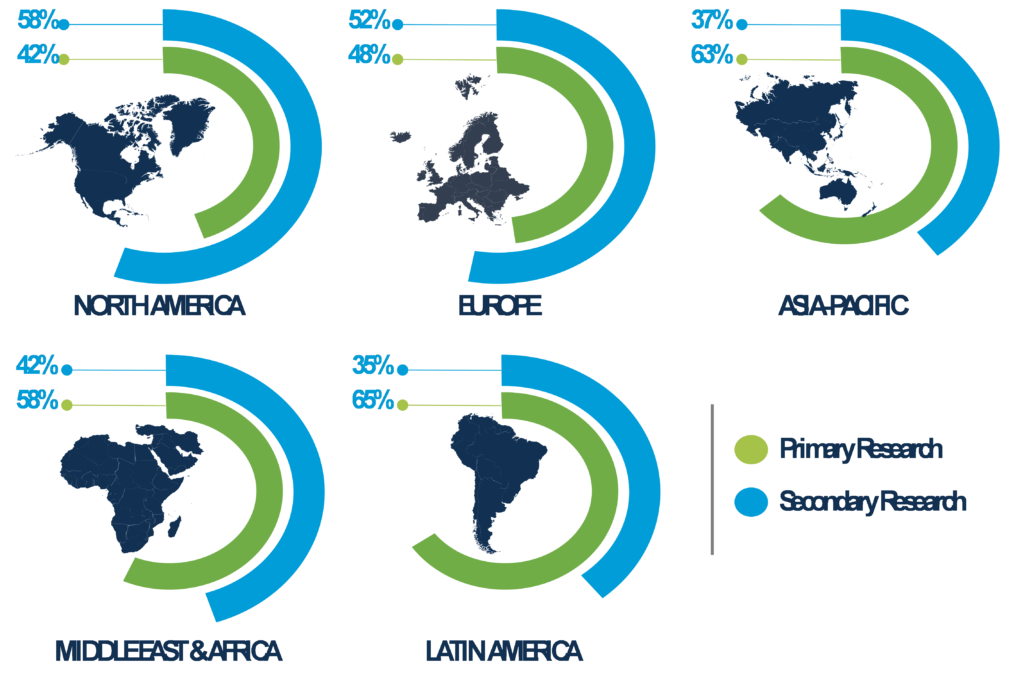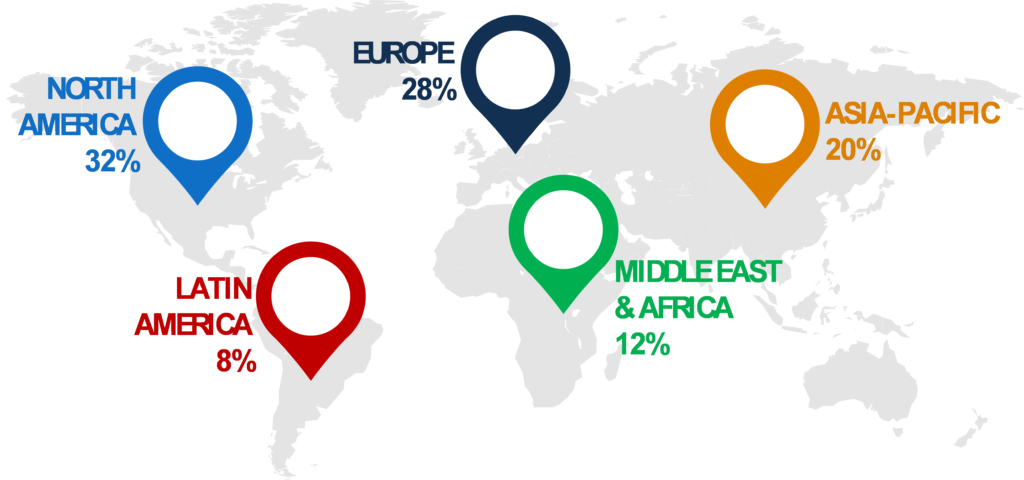Skincare Product

Global Skincare Product Market By Type (Face Creams And Body Lotions), By Face Creams (Skin-Whitening Cream, Anti-Acne Cream, Anti-Aging Cream, Sunscreen Lotions And Others), By Distribution Channel (Supermarkets, Hypermarkets, Speciality Stores And Online Channels); Size And Forecast By 2018-2025
- Published Date: July 2018
- Report ID: BWC1807
- Available Format: PDF
- Page: 172
Report Overview
Global Skincare Product Market: Overview
Increasing awareness among the consumers regarding the mix of ingredients in the skincare products has created a demand among them to look for products that are made up of organic or herbal ingredients rather than the chemical-based products. The market is expected to reach over USD 1,84,400 Million by 2025. This growth is driven by several reasons such as a rise in disposable income, technological advancements, growing awareness for health & beauty, the rise in the male grooming market, increased demand for anti-aging products coupled with easy availability of skincare products via modern stores & e-commerce channels, etc.
Global Skincare Product market report provides analysis for the period 2016 – 2025, wherein the period from 2018 to 2025 is the forecast period and 2017 as the base year. The market study reveals that the global skincare product market is expected to grow at a CAGR of over 4.58% during 2018-2025 in terms of value.
The market overview section of the report demonstrates market dynamics such as drivers, restraints, and opportunities that talks about the current nature and future scenario of the said market, key market indicators, end-user adoption analysis. Further, key market indicators included in the report provide the significant factors which are capable to define the market position of a global skincare product.
Global Skincare Product Market: Scope of the Report
Based on the type of product, the market is segmented into Face creams & Body lotion. Based on the type of Face creams, the market is further divided into Anti-aging products, Skin-Whitening products, Anti-acne products, Sunscreen lotions & some other products. Based on the channel of distribution, the market is categorized into Supermarkets, Hypermarkets & Specialty stores, online channels and other available channels. Finally, the report covers the analysis of these segments across North America, Europe, Asia Pacific, Middle East, and Africa & Latin America along with the qualitative analysis for market estimates that boosts the growth of the global skincare product market during the forecast period.
The report also highlights the competitive landscape of the global skincare product market that includes the company overview, products & offerings, strategic decisions taken by the company, launch of new products and financial highlights.
Global Skincare Product Market: Key Findings of the Report
According to BlueWeave Consulting, the key findings of the report “Global Skin Care Market Size, Share, Development, Growth and Demand Forecast to 2025” are:
·
The demand for the global skin care market is
expected to grow at the fastest rate, during forecast period. Skin care
products are witnessing tremendous growth due to factors as availability of
products online, new formulations, rise in demand among both male and female
consumers, development of organic skincare solutions and anti-aging &
multi-benefit personal care offerings. Global Skin Care Product Market is
expected to grow with a CAGR of 4.58% & 4.01% by value and volume
respectively, during the forecast period, 2018-2025
·
Face cream market has been the largest revenue
contributor to the global skincare product market as compared to other
products. Anti-aging cream is the major demand generator for face cream segment
and expected to grow at the CAGR of over 4.64% by value and at the CAGR of
4.31% by volume during the forecast period, 2018-2025
·
Global skincare product market from various
distribution channels is estimated to grow at a CAGR of 4.01% over the period
of 2018-2025. Supermarkets also constitute of 2% of total global skincare
market 2017
·
North America Skincare product market is highly
dominated with technology driven products and is expected to propel at a CAGR
over 3.89% by value and at a CAGR over 2.60% by volume during the forecast
period, 2018-2025
Global Skin Care Product Market, Revenue Forecast (USD Million), 2016-2025

Global Skincare Product Market: Research Methodology
Extensive secondary research was conducted using paid data sources including Bloomberg, Factiva, Capital IQ, OneSource, and Hoovers. Additionally, several publicly-available data sources were used including journals, statistics articles, and industry associations. These data sources were used to gather relevant information to develop an understanding on the global skincare product market. The research was conducted covering the desk research and primary research. Data sources used for primary research included online forums and blogs, CATI/CAWI, CAPI interviews, and video conferences. Additionally, interviews were conducted through connecting with various industry respondents including C-level executives, directors, divisional heads, regional heads, expert consultants, and independent consultants. The primary research was conducted to gain market insights from industry respondents and validate the gathered information through desk research.
Global Skincare Product Market: Competitive Dynamics
The global skincare product market is dominated by several players in the market, amongst them the major players are L’Oreal S.A, Unilever PLC, Beiersdorf A.G, The Estee Lauder Companies Inc, The Colgate-Palmolive Company, Johnson & Johnson, Avon Products Inc, Shiseido Company Ltd, Procter & Gamble Co, Revlon Inc.
1. Research Framework
1.1 Market Definition and Scope
1.2 Market Segmentation
1.3 Key Research Objectives
1.4 Research Highlights
2. Assumptions and Research Methodology
3. Executive Summary : Global Skincare Products Market
3.1 Market Overview
3.2 Market Outlook
3.3 Market Segmentation – Introduction
4. Market Dynamics
4.1 Drivers
4.2 Restraints
4.3 Key Trends Analysis
4.4 Value Chain Analysis
4.5 Porter’s Five Forces Analysis
5. Global Skincare Products Market Analysis and Forecast, By Products
5.1 Market Estimates & Forecast, by volume 2017-2025
5.2 Market Estimates & Forecast, by value 2017-2025 (US$ BN/MN Units)
5.1.1 Market Share Analysis by Product Type, 2017 & 2025 (%)
5.1.2 Y-O-Y Growth Analysis, by Product Type, 2018 & 2025 (%)
5.1.3 Face cream
5.1.3.1 Market Estimates & Forecast, by volume 2017-2025
5.1.3.2 Market Estimates & Forecast, by value 2017-2025 (US$ BN/MN Units)
5.1.4 Body Lotion
5.1.4.1 Market Estimates & Forecast, by volume 2017-2025
5.1.4.2 Market Estimates & Forecast, by value 2017-2025 (US$ BN/MN Units)
6. Global Skincare Products Market Analysis and Forecast, By Face Creams
6.1 Anti-aging Products
6.1.1 Market Estimates & Forecast, by volume 2017-2025
6.1.2 Market Estimates & Forecast, by value 2017-2025 (US$ BN/MN Units)
6.2 Skin-whitening Products
6.2.1 Market Estimates & Forecast, by volume 2017-2025
6.2.2 Market Estimates & Forecast, by value 2017-2025 (US$ BN/MN Units)
6.3 Anti-acne Products
6.3.1 Market Estimates & Forecast, by volume 2017-2025
6.3.2 Market Estimates & Forecast, by value 2017-2025 (US$ BN/MN Units)
6.4 Sunscreen Lotions
6.4.1 Market Estimates & Forecast, by volume 2017-2025
6.4.2 Market Estimates & Forecast, by value 2017-2025 (US$ BN/MN Units)
6.5 Others
6.5.1 Market Estimates & Forecast, by volume 2017-2025
6.5.2 Market Estimates & Forecast, by value 2017-2025 (US$ BN/MN Units)
7.Global Skincare Products Market Analysis and Forecast, By Distribution Channel
7.1 Introduction
7.1.1 Market Share Analysis by Product Type, 2017 & 2025 (%)
7.1.2 Y-O-Y Growth Analysis, by Product Type, 2018 & 2025 (%)
7.1.3 Segment Analysis
7.1.3.1 Supermarkets
7.1.3.1.1 Market Estimates & Forecast, by volume 2017-2025
7.1.3.1.2 Market Estimates & Forecast, by value 2017-2025 (US$ BN/MN Units)
7.1.3.2 Hypermarkets
7.1.3.2.1 Market Estimates & Forecast, by volume 2017-2025
7.1.3.2.2 Market Estimates & Forecast, by value 2017-2025 (US$
BN/MN Units)
7.1.3.3 Specialty Stores
7.1.3.3.1 Market Estimates & Forecast, by volume 2017-2025
7.1.3.3.2 Market Estimates & Forecast, by value 2017-2025 (US$ BN/MN Units)
7.1.3.4 Online Channels
7.1.3.4.1 Market Estimates & Forecast, by volume 2017-2025
7.1.3.4.2 Market Estimates & Forecast, by value 2017-2025 (US$ BN/MN Units)
7.1.3.5 Others
7.1.3.5.1 Market Estimates & Forecast, by volume 2017-2025
7.1.3.5.2 Market Estimates & Forecast, by value 2017-2025 (US$ BN/MN Units)
8. Global Skincare Products Market Analysis and Forecast, by Region
8.1 North America
8.1.1 Market Introduction
8.1.1.1 Market Estimates & Forecast, by Product Type, 2017-2025 (US$ BN/MN Units)
8.1.1.2 Market Estimates & Forecast, by Distribution Channel, 2017-2025 (US$ BN/MN Units)
8.1.1.3 Market Estimates & Forecast, by Country, 2017-2025 (US$ BN/MN Units)
8.2 Asia-Pacific
8.2.1 Market Introduction
8.2.1.1 Market Estimates & Forecast, by Product Type, 2017-2025 (US$ BN/MN Units)
8.2.1.2 Market Estimates & Forecast, by Distribution Channel, 2017-2025 (US$ BN/MN Units)
8.2.1.3 Market Estimates & Forecast, by Country, 2017-2025 (US$ BN/MN Units)
8.3 Europe
8.3.1 Market Introduction
8.3.1.1 Market Estimates & Forecast, by Product Type, 2017-2025 (US$ BN/MN Units)
8.3.1.2 Market Estimates & Forecast, by Distribution Channel, 2017-2025 (US$ BN/MN Units)
8.3.1.3 Market Estimates & Forecast, by Country, 2017-2025 (US$ BN/MN Units)
8.4 Middle East
8.4.1 Market Introduction
8.4.1.1 Market Estimates & Forecast, by Product Type, 2017-2025 (US$ BN/MN Units)
8.4.1.2 Market Estimates & Forecast, by Distribution Channel, 2017-2025 (US$ BN/MN Units)
8.4.1.3 Market Estimates & Forecast, by Country, 2017-2025 (US$ BN/MN Units)
8.5 Africa
8.5.1 Market Introduction
8.5.1.1 Market Estimates & Forecast, by Product Type, 2017-2025 (US$ BN/MN Units)
8.5.1.2 Market Estimates & Forecast, by Distribution Channel, 2017-2025 (US$ BN/MN Units)
8.5.1.3 Market Estimates & Forecast, by Country, 2017-2025 (US$ BN/MN Units)
8.6 LATAM
8.6.1 Market Introduction
8.6.1.1 Market Estimates & Forecast, by Product Type, 2017-2025 (US$ BN/MN Units)
8.6.1.2 Market Estimates & Forecast, by Distribution Channel, 2017-2025 (US$ BN/MN Units)
9. Competition Landscape
9.1 Market Share Analysis By Company, 2017 (%)
9.2 Company Profiles
9.2.1 Shiseido Company Ltd
9.2.1.1 Company Overview
9.2.1.2 Strategic & Financial Overview
9.2.2 Procter & Gamble Co
9.2.2.1 Company Overview
9.2.2.2 Strategic & Financial Overview
9.2.3 The Estee Lauder Company, Inc
9.2.3.1 Company Overview
9.2.3.2 Strategic & Financial Overview
9.2.4 Avon Products, Inc
9.2.4.1 Company Overview
9.2.4.2 Strategic & Financial Overview
9.2.5 The Colgate Palmolive Company
9.2.5.1 Company Overview
9.2.5.2 Strategic & Financial Overview
9.2.6 Unilever PLC
9.2.6.1 Company Overview
9.2.6.2 Strategic & Financial Overview
9.2.7 L’Oreal
9.2.7.1 Company Overview
9.2.7.2 Strategic & Financial Overview
9.2.8 Beiersdorf AG
9.2.8.1 Company Overview
9.2.8.2 Strategic & Financial Overview
9.2.9 Revlon, Inc.
9.2.9.1 Company Overview
9.2.9.2 Strategic & Financial Overview
Market Segmentation
1. Research Methodology

2. Regional Split of Primary & Secondary Research

3. Secondary Research
The research process began with obtaining historical market sizes of the entire skincare product market and the share of each type of segmentation, through exhaustive secondary research to understand the potential of the market under the prevailing market environment during the past years. The growth rate of the market and its segments was studied with a comparative approach to understand the impact of factors that shaped the market during the recent past.
The next step involved the study of present market environment that is influencing the skincare product market and its expected long-term impact. Weightage was given to several forces that are expected to affect the home security market, during the forecast period. Based on the interim analysis, the market numbers were formulated for each of the forecast years for every segment.
4. Primary Research
Various industry experts including CEOs, presidents, vice presidents, directors, sales managers, products managers, organization executives and other key people of the global skincare product market were interviewed. The third step involved validation of hypothesis through segmented primary research with the key opinion leaders in the industry, including the company representatives, experts from distributer agencies, service providers and other industry experts. The primary research helped in assessing the gathered and assumed data with the real-time experience of industry representatives. This also led to modification in certain assumptions that were taken during the process of preliminary research. The analysts arrived at solid data points after the completion of primary research process.
In the fourth step, the market engineering was conducted, where the data points collected through secondary and primary sources were compiled to compute the final market sizes.
4.1 Breakdown of Primary Research Respondents, By Region

4.2 Breakdown of Primary Research Respondents, By Industry Participants

5. Market Size Estimation
Top-down approach has been followed to obtain the market size by region, and by country. Bottom-Up approach has been followed to obtain market size by product, by face creams, by distribution channels and by application.
An amalgamation of bottom-up and top-down approach has been performed to determine the revenue.
6. Assumptions for the Study
- The macro-economic factors would remain same during the forecast period.
- The market players would exhibit consistent performance during the forecast period without having any adverse ripple effects on the industry.
To request a free sample copy of this report, please complete the form below.
We value your investment and offer free customization with every report to fulfil your exact research needs.
RELATED REPORTS
WHY CHOOSE US
-

24/7 Research support
Get your queries resolved from an industry expert. Request for a free product review before report purchase.
-

Coustom Research Service
Ask the Analyst to customize an exclusive study to serve your research needs
-

Quality & Accuracy
Ask the Analyst to customize an exclusive study to serve your research needs
-

Data Visualization
As the business world is changing dynamically every day. We need to stay pin point in relation to data management and optimum data utilization
-

Information security
We never share your personal and confidential information. Your personal information is safe and secure with us.


